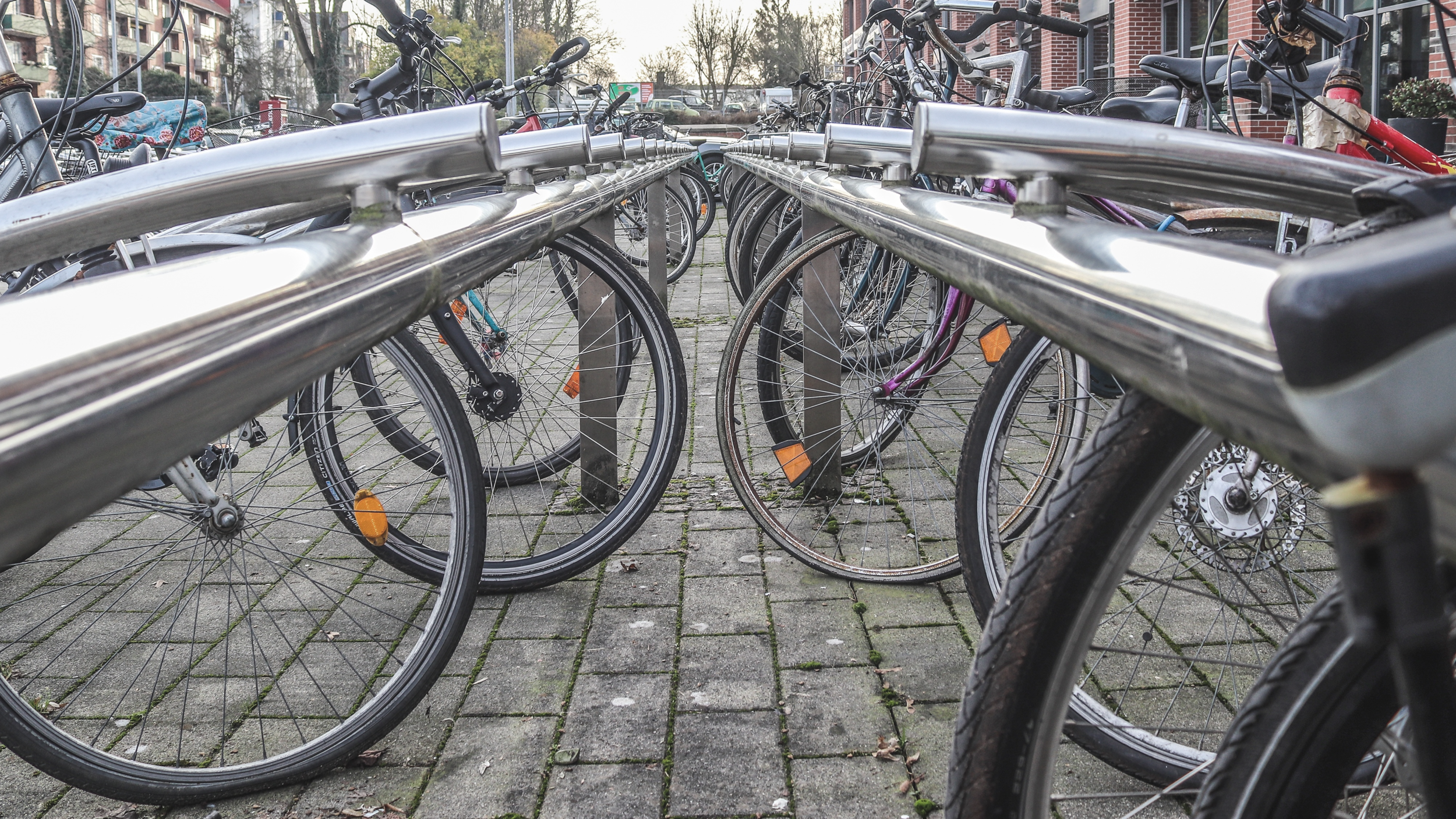Who Has A Right to the City?
Wirestock - stock.adobe.com
By Luis Patricio, Board Chair, London Cycle Link
Having access to a car is one of the highest privileges in our society. If you are an immigrant, a senior, a woman, BIPOC, a refugee, a kid or part of any other marginalized group and you have access to a car, you can reach more services and amenities the city has to offer than a white straight guy who does not have access to a car. And in some cases, you are safer too.
But here is the thing, most privileged people drive. Some marginalized groups don’t drive for obvious reasons. Many people might not be able to afford a car. Culture, physical or mental health issues might prevent someone from getting a driver’s license. And kids are not allowed to drive (although in some countries they can independently bike or take transit as early as 6-years old).
Biking in a North American city is in itself an equity issue and it has a compound effect, given that those who do not have access to a car are the ones already left behind.
We subsidize racism, ageism, ableism, and sexism by subsidizing cars. And we’ve been doing that considerably. A study shows that for every dollar someone spends driving a car, society pays $9.20. And for every dollar someone spends riding a bicycle, society pays $0.08. Sprawling, another big deterrent for biking and walking, also costs us a lot. Suburban households require, on average, 250% more tax dollars than urban households. Finally, the fossil fuel industry received $18 billion in subsidies in 2020 alone!
Every time we expand a road, create more parking, and drive we reinforce inequality and oppression. We take away from those who have less and give to those who have more. Some sort of a perverse backward Robin Hood.
We have a mobility gap that turns vulnerable groups into second-class citizens with fewer rights to the city. The gap exists whether you’re biking or driving. The first national bike count in Canada shows a disproportionately high number of white men cycling. While the barriers to driving are either unfeasible or undesirable to overcome, normalizing cycling is relatively easy and makes economic sense.
We have the knowledge and the material resources to rewrite our story. I could cite cities that are leading the charge with cycling highways, multi-story bike parking facilities, hundreds of miles reclaimed for people temporarily or permanently, and even bold plans to become complete car-free by 2050.
There is no special condition that makes those cities more capable than Canadian cities. Nevertheless, I will stick to examples of Canadian cities that are doing a much better job than London. The solutions can be categorized into three broad groups: infrastructure, access to bikes, and cultural change.
In the first and most important category, we need a safe and convenient cycling network (Vancouver; Edmonton), popup bike lanes (Brampton, Calgary), and widespread bike parking (Montreal). In the second category, we need bikeshare systems (Toronto) and subsidies to buy bikes (Granby). And in the third category, we need to normalize and elevate cycling for regular daily trips to work (Victoria) and school (Hamilton).
As we can see from this list, we all have a role to play whether we are part of the government, a business leader, a community champion or a regular citizen. The only missing piece is, are we willing to do what it takes for a just, equitable, sustainable, and prosperous recovery?

